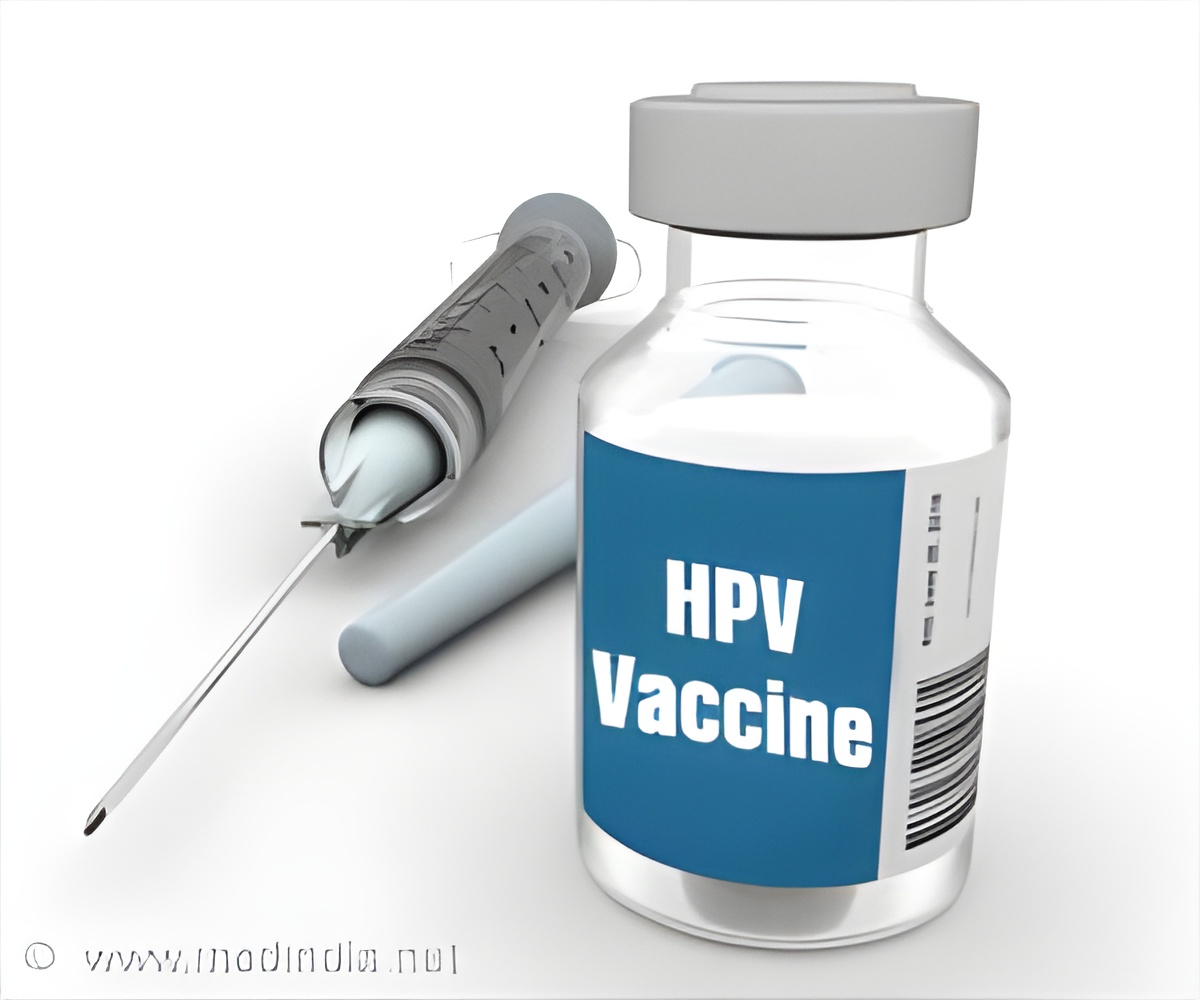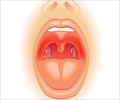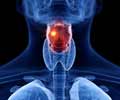
‘New study concludes that rates of HPV-related cancers will fall in vaccinated, younger age groups in the coming twenty years.’
Read More..Tweet it Now
HPV is the most common sexually transmitted infectious virus globally. The infections are often silent, some are long-term and can trigger cancers including mouth and throat, and cervical cancer because they disrupt DNA and inhibit tumor-suppressor proteins in the cells they infect.Read More..
New infections are preventable with vaccines, the first of which entered use in the U.S. in 2006.
Researchers analyzed national databases on oropharyngeal cancer cases and HPV vaccinations, and projected the impact of HPV vaccination on the rates of these cancers in different age groups.
Oropharyngeal cancer rate would nearly halve between 2018 and 2045 among people ages 36–45. But, they also projected that the rate in the overall population would stay about the same from 2018-2045, due to still-rising rates of these cancers in older people, where most of these cancers occur.
“We estimate that most of the oropharyngeal cancers from 2018 to 2045 will occur among people who are 55 years and older and have not been vaccinated,” says study lead author Yuehan Zhang, a PhD candidate in the research group of Gypsyamber D’Souza, PhD, professor in the Department of Epidemiology at the Bloomberg School.
Advertisement
Oropharyngeal cancer is the most common HPV-related cancer, and according to the Oral Cancer Foundation there are more than 50,000 new cases of it in the U.S. each year.
Advertisement
Vaccination is recommended mainly for the young who are not yet exposed to sexually transmitted HPV. (Most people who were already adults when HPV vaccination became available have never been vaccinated, and thus remain at risk for these cancers.)
Researchers got current and future HPV vaccination rates using data from surveys conducted by the U.S. Centers for Disease Control and Prevention, and projected oropharyngeal cancer rates based on past and current incidence data from the National Cancer Institute.
They assessed that the rates of vaccination by 2045, for different age groups. It will amount to about 72 percent of people ages 36–45, 37 percent of those ages 46–55, 9 percent of those ages 56–69, and 0 percent of people ages 70–83 being vaccinated.
They predicted the rates of new oropharyngeal cancers would fall substantially in the relatively well vaccinated 36–45 and 46–55 age groups during the 2018–2045 period: from 1.4 to 0.8 per 100,000; and from 8.7 to 7.2 per 100,000, respectively.
By 2045 HPV vaccination will have begun to make a significant impact. “Our projections suggest that by around 2033, nearly 100 cases of oropharyngeal cancer will be prevented each year, but by 2045 that figure will have increased by about ten times,” Zhang says.
Source-Medindia











